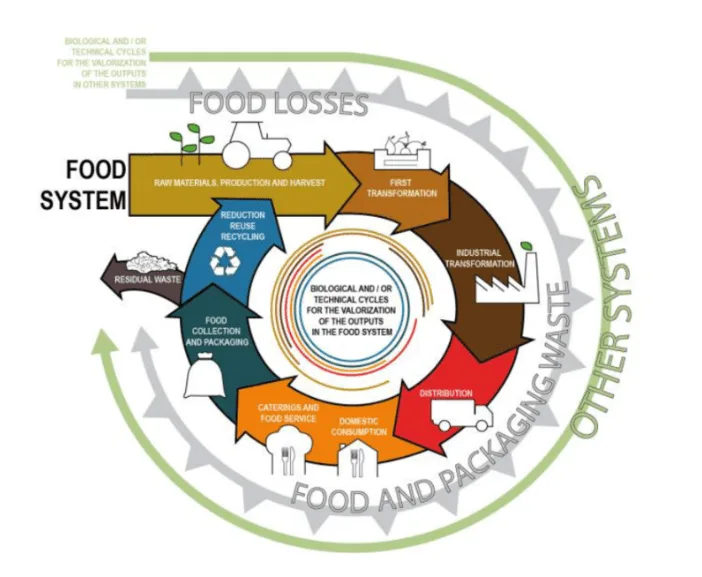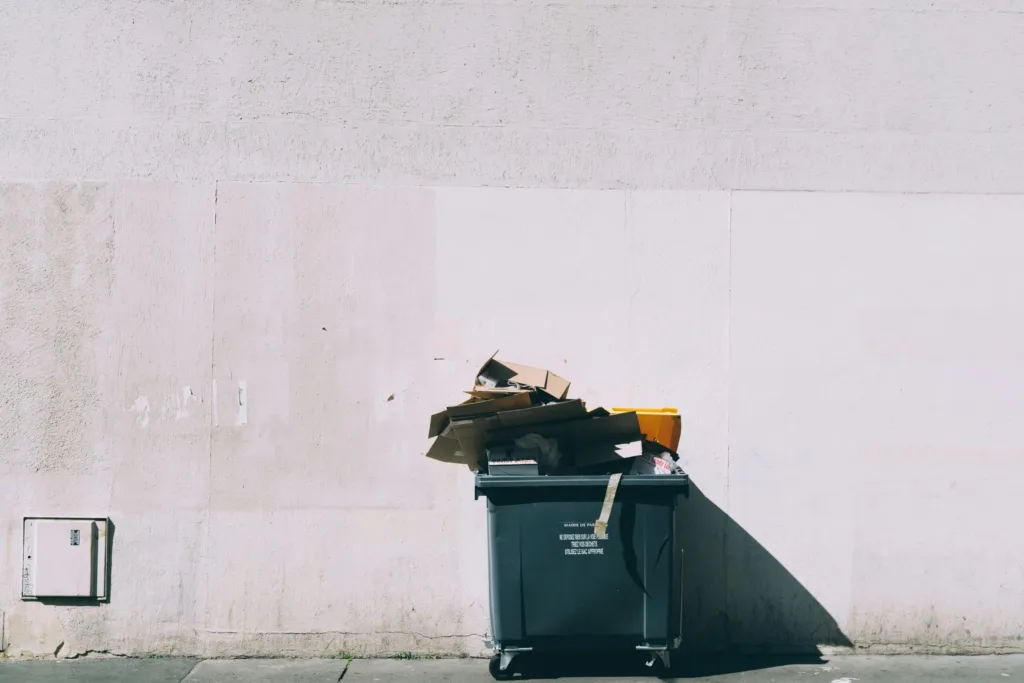In this blog, we want to start suggesting ways to move forward with circular hospitality — a more regenerative and resource-conscious way of operating. With hospitality contributing to 8% of greenhouse gases worldwide and 17.6% ($6.4 billion) of food waste in Australia (FIAL 2021), we urgently need to reduce our impact and fight the waste epidemic.
Currently, the food system and many hospitality operations follow a linear model — “take, make & waste.” This outdated system is unsustainable and results in high levels of landfill-bound waste.

Graph Credit:- Research Gate Thibaut Wautelet
What Is Circular Hospitality?
As an industry, we are moving toward more sustainable models, and one way to lead that shift is through circular hospitality. Based on the principles of the circular economy, this approach rethinks resource use by:
- Sharing
- leasing
- reusing, repairing
- refurbishing
- recycling existing materials and products as long as possible. In this way, the life cycle of products is extended.
- Circular supply chains
- Closed – Loop systems
The goal of circular hospitality is to minimize waste, maximize resource life cycles, and adopt closed-loop systems that regenerate rather than discard.

Photo Credit: MDPI Franco Fassio and Nadia Tecco
How Circular Hospitality Works in Practice
Take Toast Brewing in the UK, for example — they collect surplus bread from bakeries and supermarkets and turn it into beer, replacing 25% of the malted barley. That’s circular thinking in action.
In your food service operation, you can apply circular hospitality by:
Reducing Waste
- A robust menu design focuses on the turnover of products and the utilisation of the whole product throughout the menu.
- Auditing your waste regularly, choosing the highest wasted item, and working ways either inside your business or within the local community to reuse or recycle. (Audit all your waste streams, not solely food – Cardboard, packaging, plastic, food, paper and chux cloth)
- RRR – Reduce, Reuse and Recycle
- Work with neighbouring restaurants and create a food recovery pick-up point, where food can be picked up from local homeless shelters, etc., to be repurposed.
Creating a closed-loop system for any food waste
- Ensuring any food waste is collected correctly to be repurposed into fertiliser for farms or other purposes. Some businesses that do this exceptionally well are Cirque du Soil (Melbourne) & Mallow Sustainability (Brisbane), Which we discuss sharing. Could you share the waste pick-up cost with your restaurant next door? – Circular economy
- Creating a shorter food miles procurement method (locally sourcing)
Equipment and Maintenance
- Ensure equipment is regularly maintained to ensure longevity and energy efficiency (this can work hand in hand with your HACCP plan.
- Ensure taps and steamers are water-efficient
Policy and Procedure
- Like anything else in your business, your sustainable practices or practices towards a more circular model should be documented in your business policies and procedures.
- Ensure your team training plans reflect your procedures and teams are regularly trained in the updated processes.
The key to creating change is to START, audit, or observe your waste. Pick one item that is your highest contributor to your waste within your operation and find a way to reuse that in another part of your menu or recycle it for another purpose, and you are on your way to a more circular system; it doesn’t have to be overly complicated. Small changes consistently will create a shift in behavior and a sustainable step forward to a circular food system.

